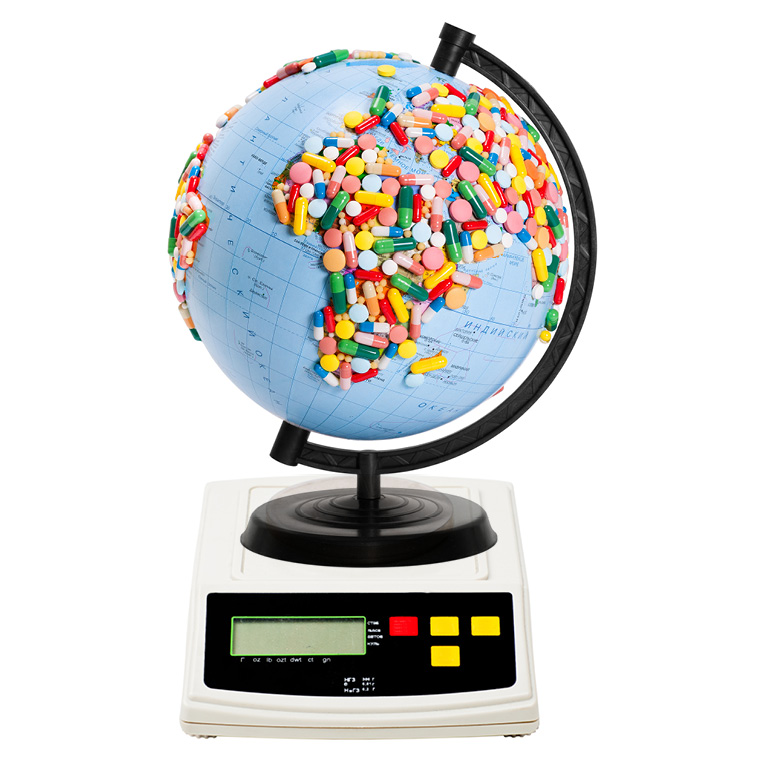

Isadore Kanfer, BSc(Pharm); BSc(Hons); PhD; FPS(South Africa); MRPharmS(Gt.Brit); FAAPS(USA); FCSPS(Canada) Emeritus Professor, Faculty of Pharmacy, Rhodes University, Grahamstown, South Africa and Professor, Leslie Dan Faculty of Pharmacy University of Toronto, Toronto, Canada
Bioequivalence (BE) testing as a surrogate measure of safety and efficacy (S&E) of drug products was introduced in 1977 when the U.S, Food and Drug Administration (FDA) published its Bioavailability and Bioequivalence regulations. Such regulations facilitated the entry of generic drug products in the United States. In 1984, the Drug Price Competition and Patent Term Restoration Act—commonly known as the Hatch-Waxman Amendments to the U.S. Food, Drug, and Cosmetic Act, was enacted.¹ Subsequently, the abbreviated new drug application (ANDA) procedure introduced how a successful BE study could be accepted as evidence of equivalent S&E of a generic product when compared with an acceptable innovator/brand drug product as the reference product. This is generally referred to as the reference listed drug (RLD).²